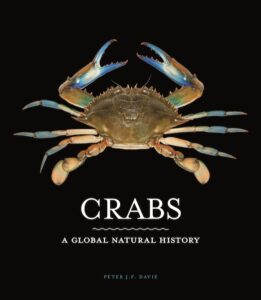 For as long as I can recall, my family’s celebration of the Christmas / Yule holidays has involved certain foods. Most of these are traditional old country creations, recipes that have been handed down from generation to generation. However one delicacy was added as the result of the north Oregon coast location in which my grandfather settled when arriving from Finland: crab. And not just any crab – Dungeness Crab (Metacarcinus magister / Cancer magister).
For as long as I can recall, my family’s celebration of the Christmas / Yule holidays has involved certain foods. Most of these are traditional old country creations, recipes that have been handed down from generation to generation. However one delicacy was added as the result of the north Oregon coast location in which my grandfather settled when arriving from Finland: crab. And not just any crab – Dungeness Crab (Metacarcinus magister / Cancer magister).
Of course, there are more species of crabs in the sea than Dungeness – more than seven thousand in fact, spanning somewhere in the vicinity of one hundred families. They can range in sizes from the tiny Pea Crab to the massive King Crab, and in habitat from the inky blackness of the oceanic abyss to sunlit shallow rocky shorelines, as well as tropical rainforests, mountains, and even deserts.
In his new Crabs; a Global Natural History, Peter Davie presents a highly accessible and richly photo illustrated overview of the anatomy and physiology, ecology, reproduction, cognition, and behavior, as well as overviews of the commercial harvesting of and conservation activities pertaining to these remarkably wide-ranging crustaceans.
As one who was raised in a town where theocrat fishery was one of the essential activities of the economic life of the community, I am particularly eager to learn more about the natural history of these creatures in a far more expansive perspective than my present one that is predominantly based on those species particularly valued for their compatibility with melted butter.
Available from:
If you enjoyed reading this, please consider signing up for The Well-read Naturalist's newsletter. You'll receive a helpful list of recently published reviews, short essays, and notes about books in your e-mail inbox once each fortnight.



